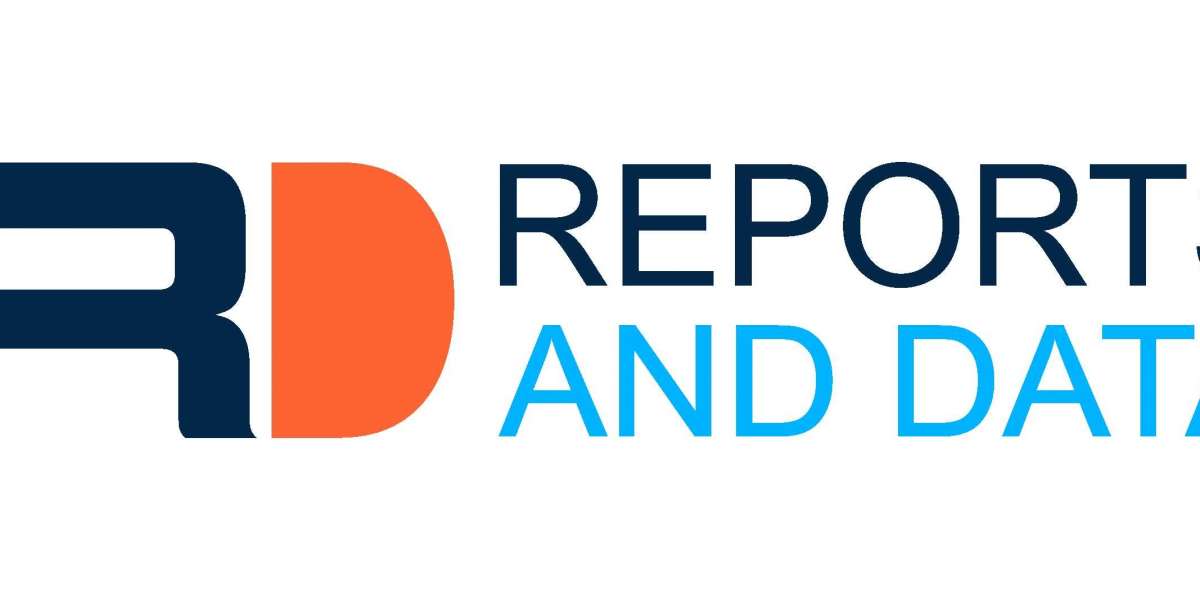
Predicting odds accurately involves a combination of statistical analysis, understanding of the underlying factors influencing the event, and sometimes intuition. Here's a general guide on how to approach it, Let's join the reputable bookmaker wintips italy soccer prediction
Understand the Event: Gain a thorough understanding of the event you're predicting odds for. This could be sports, elections, weather patterns, stock market movements, etc. Understanding the rules, participants, historical data, and any relevant external factors is crucial.

Collect Data: Gather as much relevant data as possible. This could include past performance, historical trends, participant statistics, environmental factors, etc. The more data you have, the better your predictions are likely to be.
Statistical Analysis: Use statistical methods to analyze the data you've collected. This could involve techniques such as regression analysis, time series analysis, Monte Carlo simulations, or machine learning algorithms, depending on the complexity of the event and the available data.
Identify Variables: Identify the key variables that are likely to influence the outcome of the event. These could be factors like player/team performance, weather conditions, market trends, etc. Quantify these variables as much as possible.
Assign Probabilities: Based on your analysis, assign probabilities to each possible outcome of the event. This could be done using mathematical models or subjective judgment, depending on the situation. The probabilities should sum up to 1.
Adjust for Risk: Consider factors that might affect the accuracy of your predictions, such as uncertainties, biases, or unknown variables. Adjust your probabilities accordingly to account for these risks.
Compare with Market Odds: If applicable, compare your predicted odds with the odds offered by betting markets or other experts. This can help you identify discrepancies and potential opportunities for value betting.
Iterate and Improve: Continuously refine your models and techniques based on feedback and new data. Predictive modeling is an iterative process, and there's always room for improvement.
Stay Informed: Keep yourself updated with relevant news, events, and developments that might affect the outcome of the event. Staying informed allows you to adjust your predictions accordingly.
Evaluate Performance: After the event has occurred, evaluate the accuracy of your predictions. Analyze where you went right or wrong and learn from the experience to improve your future predictions.
Consider Expert Opinion: While data and statistical analysis are crucial, sometimes expert opinion can provide valuable insights, especially in areas where data might be limited or ambiguous. Consulting with experts in the field can help refine your predictions and uncover factors you might have overlooked.
Factor in Market Dynamics: In situations where there's a betting market or financial market related to the event, consider the dynamics of the market itself. Market sentiment, betting patterns, and odds movement can provide additional information that might influence your predictions. Let's take a look at the hot dropping odds with wintips
Use Sensitivity Analysis: Conduct sensitivity analysis to understand how changes in key variables or assumptions affect your predictions. This helps in assessing the robustness of your model and identifying which factors have the most significant impact on the outcome.
Account for Black Swans: Be aware of the possibility of rare and unexpected events, often referred to as "black swans," that can significantly impact the outcome. While these events are hard to predict, considering their potential occurrence and impact can help mitigate risks in your predictions.
Stay Objective: Avoid letting personal biases or emotions cloud your judgment when making predictions. Stay objective and rely on evidence-based reasoning to guide your analysis.
Communicate Uncertainty: Acknowledge the uncertainty inherent in predictions and communicate it transparently. Provide confidence intervals or probability ranges rather than single-point estimates to reflect the uncertainty in your predictions accurately.
Learn from Mistakes: Embrace failures and mistakes as opportunities for learning and improvement. Analyze cases where your predictions were inaccurate to identify areas for enhancement in your modeling approach or data collection process.
Ethical Considerations: Consider the ethical implications of your predictions, especially in sensitive areas like elections or public health. Ensure that your predictions are used responsibly and ethically, taking into account potential consequences on individuals and society. So Where can I bet on dropping odds? Let's find out more at our wintips bookmaker
Embrace Uncertainty: Embrace the inherent uncertainty in prediction and avoid overconfidence in your forecasts. Clearly communicate the degree of uncertainty associated with your predictions, including potential sources of error and variability.
Adapt to Changing Conditions: Stay adaptable and responsive to changes in the underlying conditions or context of the event. Update your predictive models and assumptions as new information emerges to maintain their relevance and accuracy.
Consider Alternative Scenarios: Explore alternative scenarios and sensitivity analyses to assess the robustness of your predictions under different conditions or assumptions. This helps anticipate potential outcomes and risks, enabling better-informed decision-making.
Encourage Diversity of Perspectives: Foster a culture of diversity and inclusion in predictive modeling by embracing diverse perspectives, expertise, and experiences. Encouraging interdisciplinary collaboration and diverse team composition can lead to more comprehensive and insightful predictions.
By integrating these additional strategies into your predictive process, you can enhance the reliability, validity, and usefulness of your odds predictions across a wide range of domains and applications.













